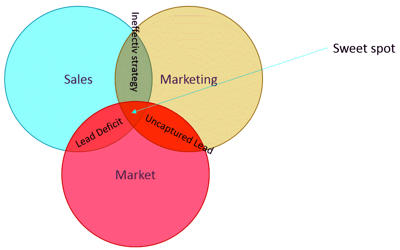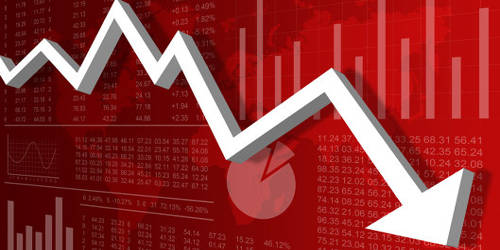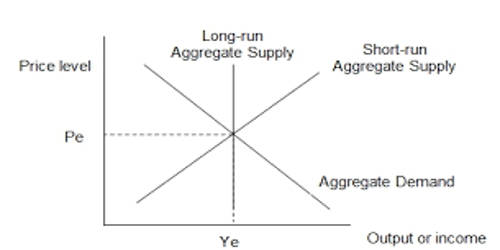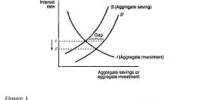Demand Shaping
An organization’s ability to align supply and demand is one of the most important measures of profitability. Demand shaping is the influencing of demand to match the planned supply. It is influencing the demand for a product to achieve the desired goal. A better and more complete definition of demand shaping is the process that makes the most profitable demand and supply decisions by using all of the available demand and supply data. If the demand for a product is expected to be greater than supply, the supplier/customer may shape the demand by increasing its price and/or by cutting down the promotion. For example, in a manufacturing business, dynamic pricing can be used to manage demand.
“A better and more complete definition of demand shaping is the process that makes the most profitable demand and supply decisions by using all of the available demand and supply data.”
In a perfect world, demand would always meet the supply, and supply would always meet the demand. Unfortunately, there are constant fluctuations in demand and supply dynamics. Dell Inc. is one of the best examples of companies that practice Demand Shaping and dynamic pricing. From its currently available supplies, Dell posts special sales weeks that influence the demand. Demand shaping may also try to drive down its demand by promoting substitutes. If, on the other hand, the demand is expected to be less than supply, supplier/customer may shape the demand by lowering its price and/or by promoting it more heavily.

Organizations that practice an extended version of demand shaping — where both the demand and supply dynamics are accounted for — have a more complete view of the issue of supply and demand alignment. Companies are struggling with demand variability and how to meet consumer demand with the right supply at the right location at the right time. The end result of this increased insight is that companies are able to gain a significant competitive advantage. A new technique called Demand Sensing, by generating highly accurate short-term demand signals, can enable companies to meet consumer demand while driving the lowest cost possible across their distribution, manufacturing, and procurement activities.
Demand shaping has moved beyond price optimization. Product substitution is another common remedy for supply-chain anomalies that are detected early. For example, an organization can run a scenario where a promotional program increases the demand for their products. The market response models would give the expected uplift in demand and pricing. That data, along with associated costs or any other variables, would then be entered into a what-if analysis system. The scenario would be simulated and the results would be compared to a baseline.
















